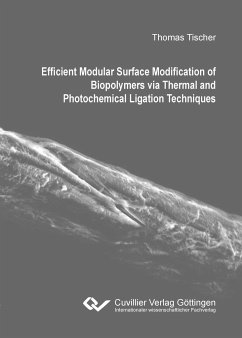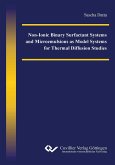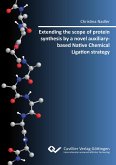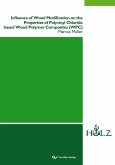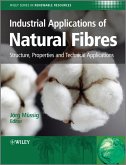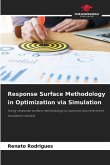The demand for functional biosubstrates increased substantially in the last decades through the advances in biomedicine and biosensor development. In the current thesis the modification of biosurfaces, such as cellulose and hyaluronan, via several thermally and photochemically induced ligation techniques is pioneered. The thesis is methodologically driven and aims at establishing toolbox technologies for biosurface modification. Highly efficient and mild conjugation methodologies are employed such as (hetero) Diels-Alder protocols, photoenol and phenacyl sulfide chemistry as well as the nitrile imine mediated tetrazole-ene cycloaddition (NITEC) approach to ligate polymers, peptide strands and proteins. The demonstrated arsenal of ligation protocols features mild and catalyst-free conditions, which is a vital point when handling sensitive biomolecules. Cellulose ¿ as the most abundant and most prominent biopolymer ¿ was placed into the focus of the current work as a platform for the establishment of a new set of ligation techniques applicable for a wide range of biosubstrates.
Hinweis: Dieser Artikel kann nur an eine deutsche Lieferadresse ausgeliefert werden.
Hinweis: Dieser Artikel kann nur an eine deutsche Lieferadresse ausgeliefert werden.

